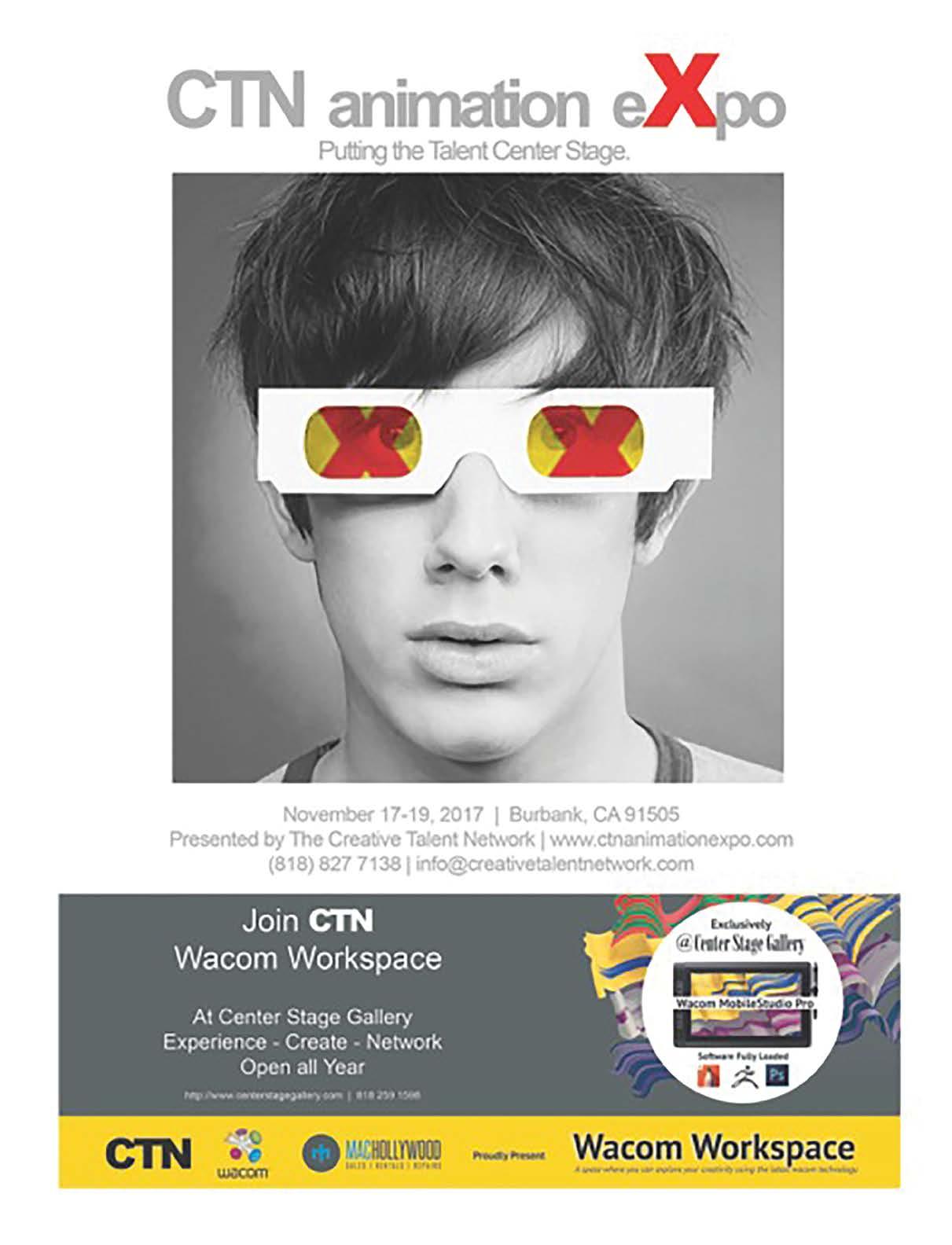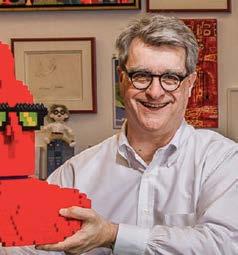
4 minute read
The State of the Art
VFX
The State of the Art
By Peter Busch
At the recent SIGGRAPH confab in Los Angeles, our company Faceware Technologies announced a SDK for our real-time facial mocap and animation technology, Faceware Live. With the rise in VR/ AR/MR, interactive marketing and the use of CG, we have experienced a growing number of inquiries from different markets for real-time technologies. That’s why we created this SDK to enable developers to create the tools they need to meet their own specific needs.
In the decade that I’ve been with Faceware (which used to be a service company known as Image Metrics), we have made great strides in offering more flexible and quality animation software and hardware to studios and indie artists alike. We are in a very niche business, within the motion-capture and facial capture field. So we decided to work on creating a stand-alone product line that people could use themselves without relying on third parties. Faceware has been immensely successful, and we now have customers in 56 countries
on six continents. From where we stand, it has been very fascinating to observe the many different ways animation is being created and used worldwide.
Brave New Worlds: Left, a motion-capture performer greets customers as Chester at pop-up restaurant The Spotted Cheetah. Right, Faceware Live captures performances and produces facial animation in real time.

New Ventures
We recently announced a new R&D division called Faceware Interactive, which focuses on real-time content creation. The use cases for this sort of technology point to a wide-open market. Everything from VR to theme parks to mall kiosks. Just this past month, we saw the launch of a pop-up restaurant in New York called The Spotted Cheetah, which was sponsored by Cheetos. When you walk into this restaurant they have this stand-alone screen with Chester the Cheetah there to greet you and welcome you to the restaurant. Behind the scenes was a motion-capture performer doing facial and body capture, which was streaming in real time through a game engine onto a display for the fans. People loved it and kids couldn’t leave the screen, and Frito-Lay was very excited about it. It’s that type of innovation that has started to push the envelope in terms of offering unique, interactive experiences for everyone.
We also just announced an exciting new feature in Cloud Imperium Games’ Star Citizen. The feature allows a player to stream the motion of their face onto their game character as they talk to the other players in the game. In other words, player-to-player chat using real-time animation. We think this is really going to revolutionize how multiplayer gaming is done.
We are also working with two professional
football teams, integrating the technology into their apps as well as creating interactive experiences in stadiums. You can have all these augmented reality effects applied to your face and screened up on the jumbotron.
I believe, in the next few years, we’ll see more advancement in this area, much of it coming from all the big technology pushes that are going on around VR and AR. Take, for example, real-time rendering. Real-time rendering allows you to do a lot of different things in both mediums, and across other platforms. With devices like the iPhone 8, we are going to see a lot of utility-type tools as well as immersive tools. Processing power is going to help push that. Obviously the Intels and Nvidias and AMDs of the world are very interested in reasons to use their chips. When you have the hardware manufacturers, the content makers and screen providers pushing the medium, this will have benefits for everyone across the board.
Adapt and Thrive
The key to success in this new world is being flexible. If you want to get into the tech and animation field, it’s crucial to develop adaptable skills across all these different changing arenas. If you become somewhat of a turn-key artist—meaning you can create your artwork and animation, then integrate and technically support it—you will not be so specialized that you become an island. Eventually you will find your specialty and niche, but it never hurts to know all the complementary skills for what you really want to do.
The speed at which animated content is being created is getting faster and faster. You do see indie movies (this even goes back to Hoodwinked) that are made for significantly less money, but have more returns. The faster you can create content, the better it is for creators to try new ideas. There’s a wave of new content being created for a number of different areas. Just look at a trend like autonomous self-driving cars, and think what that means in terms of the amount of free time people will have to consume more content.
What is evident is that these are very interesting and fast-changing times, and it will be fascinating to follow the new wave of content creation in the near future. ◆










